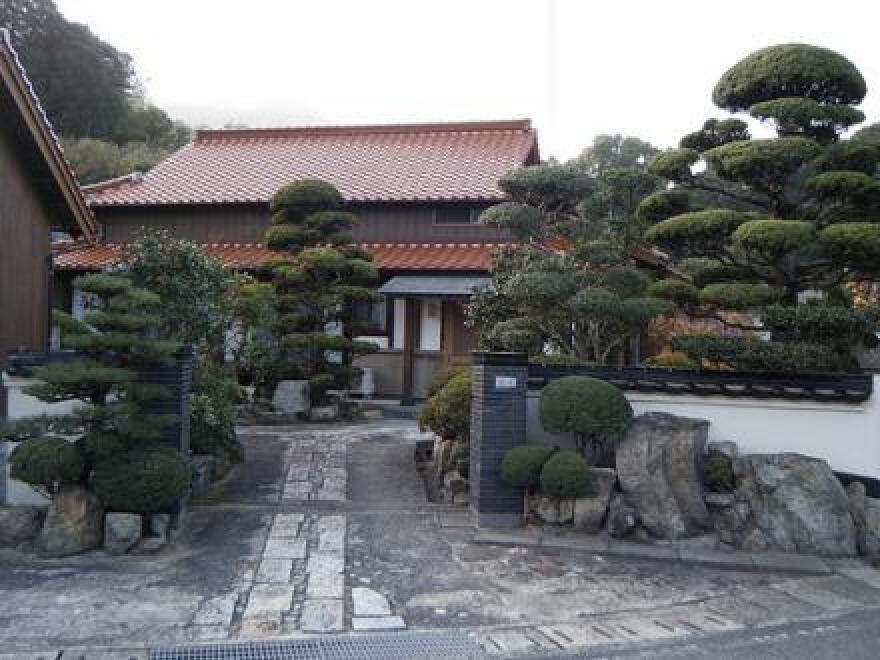There are a lot of shrub-like pine and spruce being planted. They鈥檙e great alternatives to junipers. They add year around interest to the landscape.
These shrubby pine and spruce are often labeled `dwarf鈥� or `compact鈥�. And they are dwarf compared to their towering relatives. To me, the key is how much the dwarf/compact plant grows each year.
We鈥檝e all seen the mugho pine that took over the front entry of a house. A compact mugho pine will grow four to six inches a year. Give that plant ten years and it could grow five feet tall and wide. Because mughos tend to sprawl, in twenty years it could grow ten feet wide.
There are newer selections of mugho pine that only grow an inch or two each year. These varieties fit into smaller landscape spaces. And they are much more manageable.
Globe type spruce are popular evergreen shrubs. But over time a branch or two will start growing vertically. Left unchecked these vertical branches will turn a nice round spruce into a miniature of a regular spruce. Most of the time that isn鈥檛 what the design or the garden space was intended for.
These shrub-like pine and spruce can be pruned to keep them in their place. Spring is the time to prune them.
The easiest way to shape these evergreen shrubs is to prune off the new growth. These plants grow from the end of each branch. The new growth, or candle, stretches out. Then it unfurls with new needles. The candles can be pinched or snipped to stop them from getting too long. Cut them before the needles unfurl. If you only want the plant to grow a couple of inches, cut the new growth when it鈥檚 reached that point.
If the plant hasn鈥檛 been candle pruned for a few years, it may need harder pruning. Whole branches may need to be removed. The trick is to hide the pruning cut in the plant. Follow the branch into the plant. Cut it where it joins another branch. If the cut is made down in the plant other branches will hide the cut.
The pruning is a sticky, pokey project. If it is done annually, the plants can be kept in the space intended for them. They won鈥檛 become a problem but will be an asset in the landscape.







